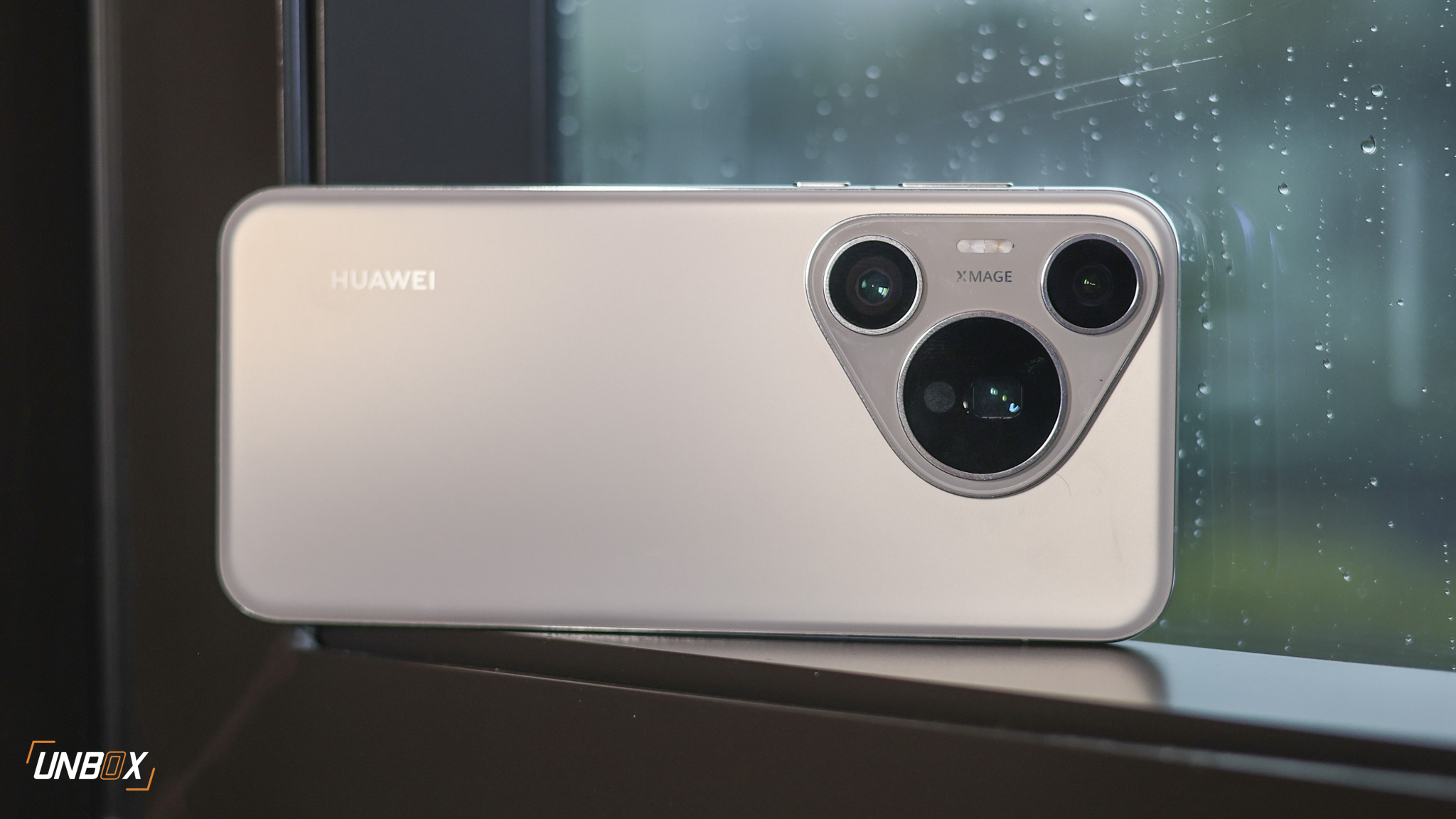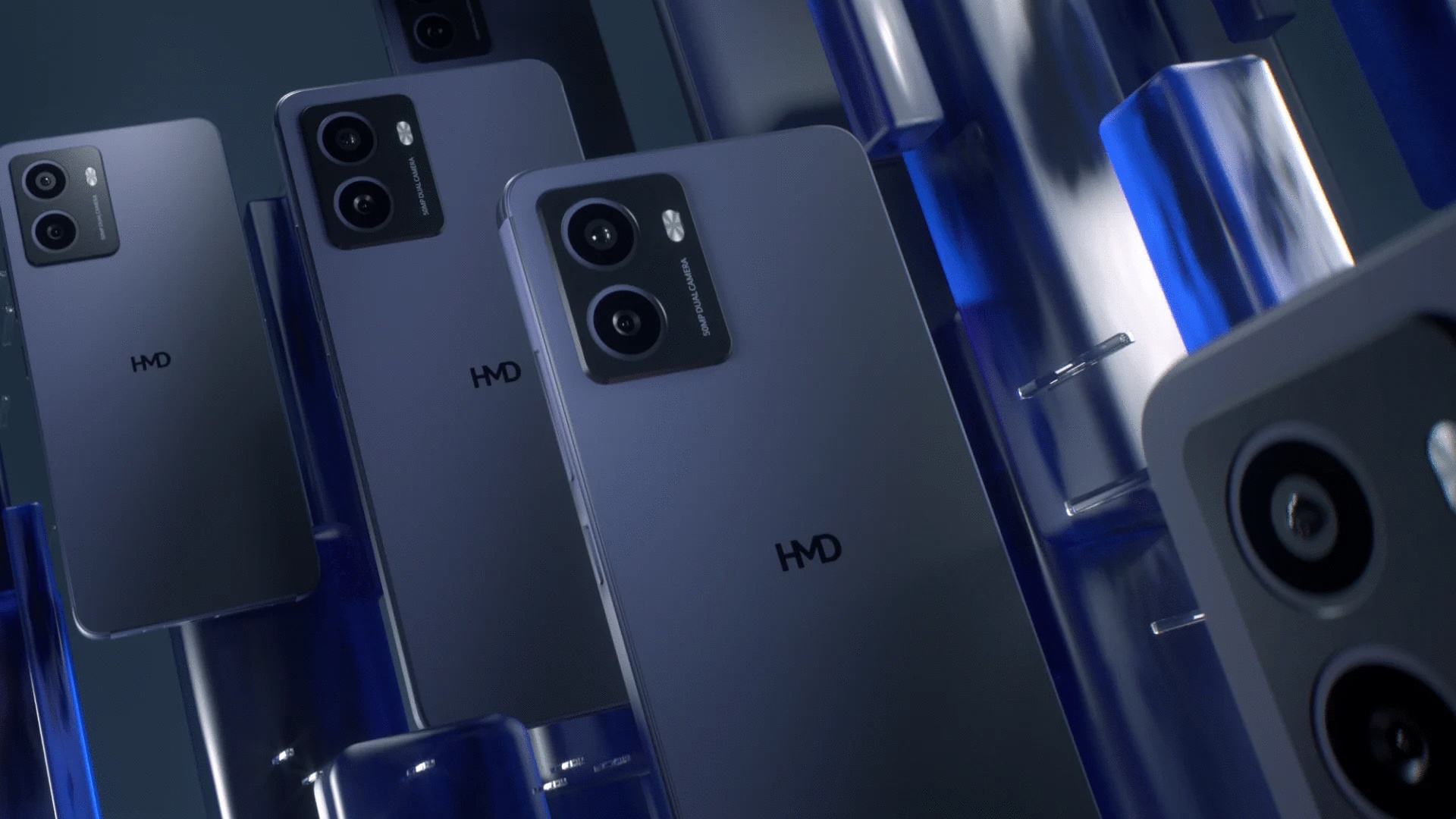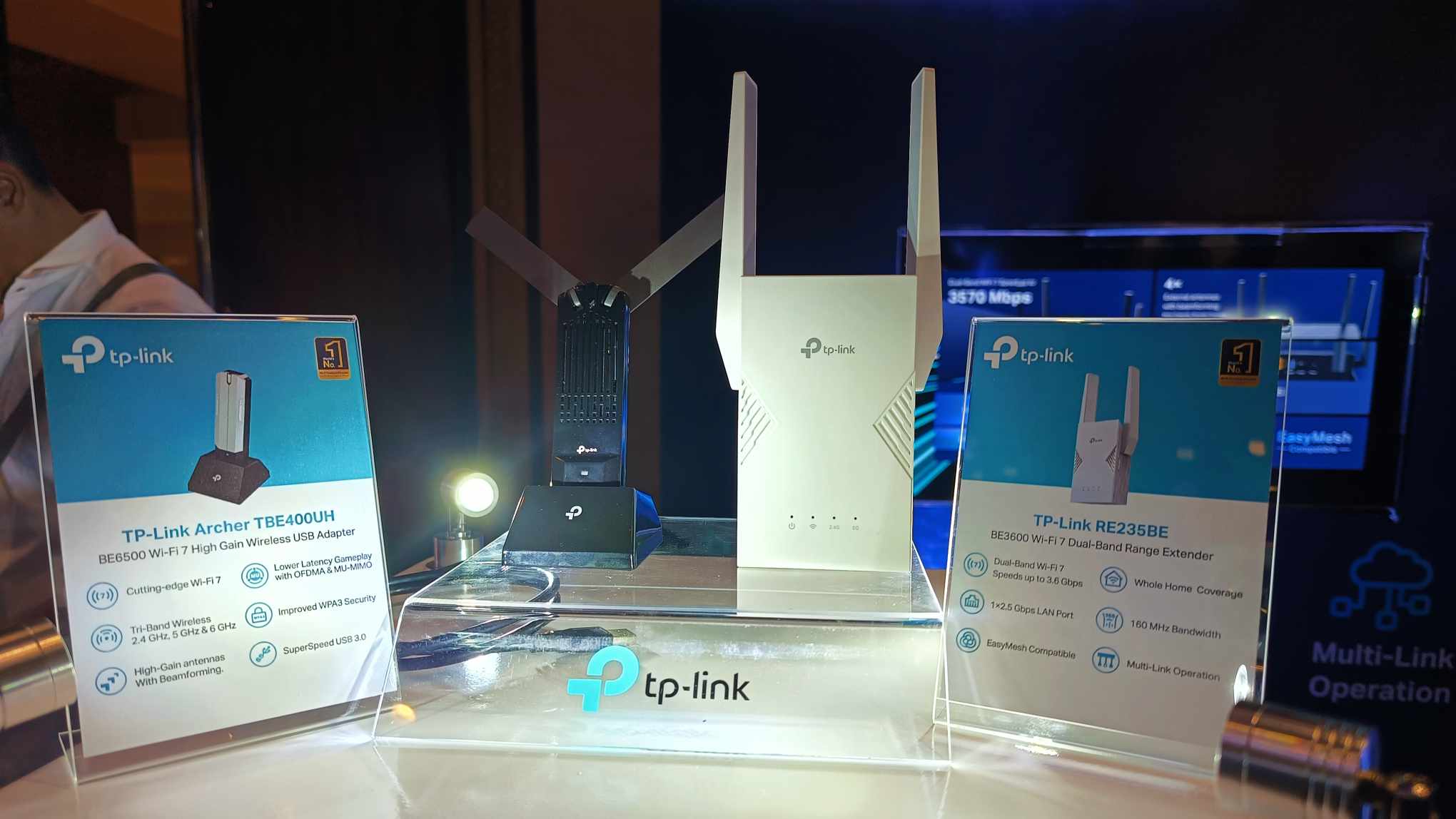inDrive was supposed to be a new player that will rival Grab in the ride hailing industry. However, it faced issues early this year as a lawyer questioned the haggling system of inDrive. Despite getting their approval from the LTFRB last December, the agency has suspended inDrive’s operations.
READ MORE:
–Is inDrive’s Business Model Unfair? A Lawyer Thinks So
–InDrive Wants to Allow Drivers and Passengers to Haggle Fares
The LTFRB issued the suspension order last Tuesday (January 23), with Chairman Teofilo Guadiz stating that “the suspension comes in response to alleged violations concerning the haggling of fares, a clear breach of the terms and conditions outlined in its accreditation as a transportation network company.”
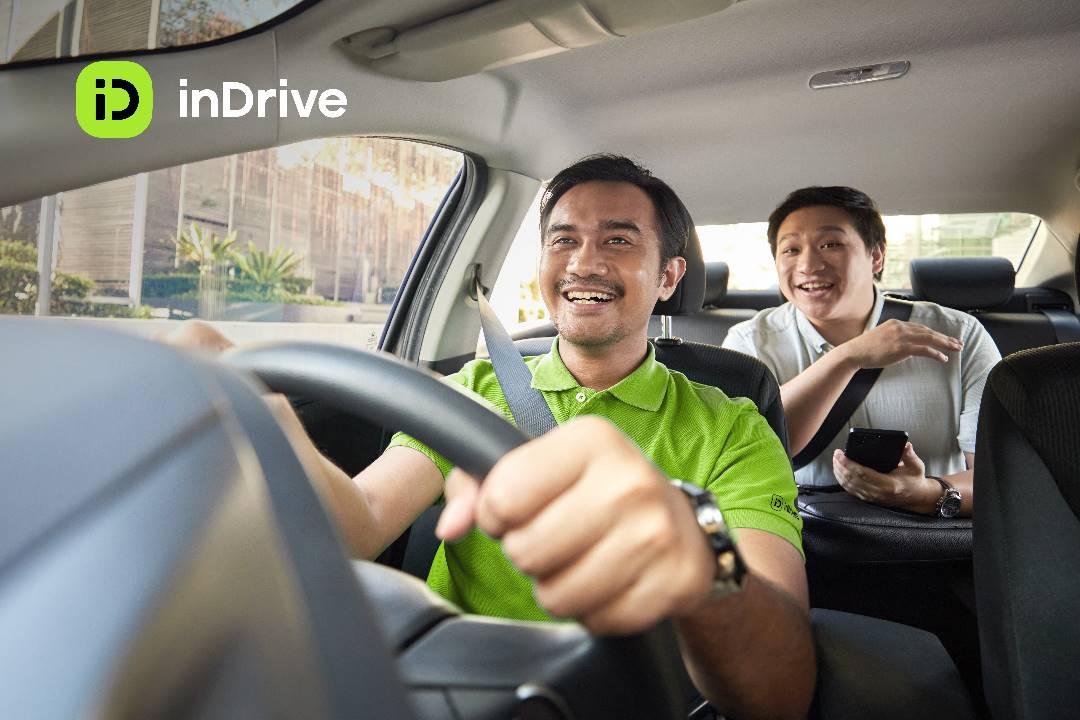
We find it strange why LTFRB approved inDrive’s operations in the first place, as the haggling system is a clear violation of the agency’s rules on an established fare matrix system. inDrive has made it clear that their business model involves passengers and drivers negotiating for fares–a representative from inDrive confirmed this to Rappler, and it puzzles us at how they got an accreditation from the LTFRB despite the agency criticizing inDrive and Maxim early in 2023.
We don’t know what’s going on here, but based on the comments we got from our Facebook post last week, those who have tried inDrive criticize the ride-hailing service as being a glorified taxi because the haggling system requires the passenger to pay extra to the driver for a “fair” fare.
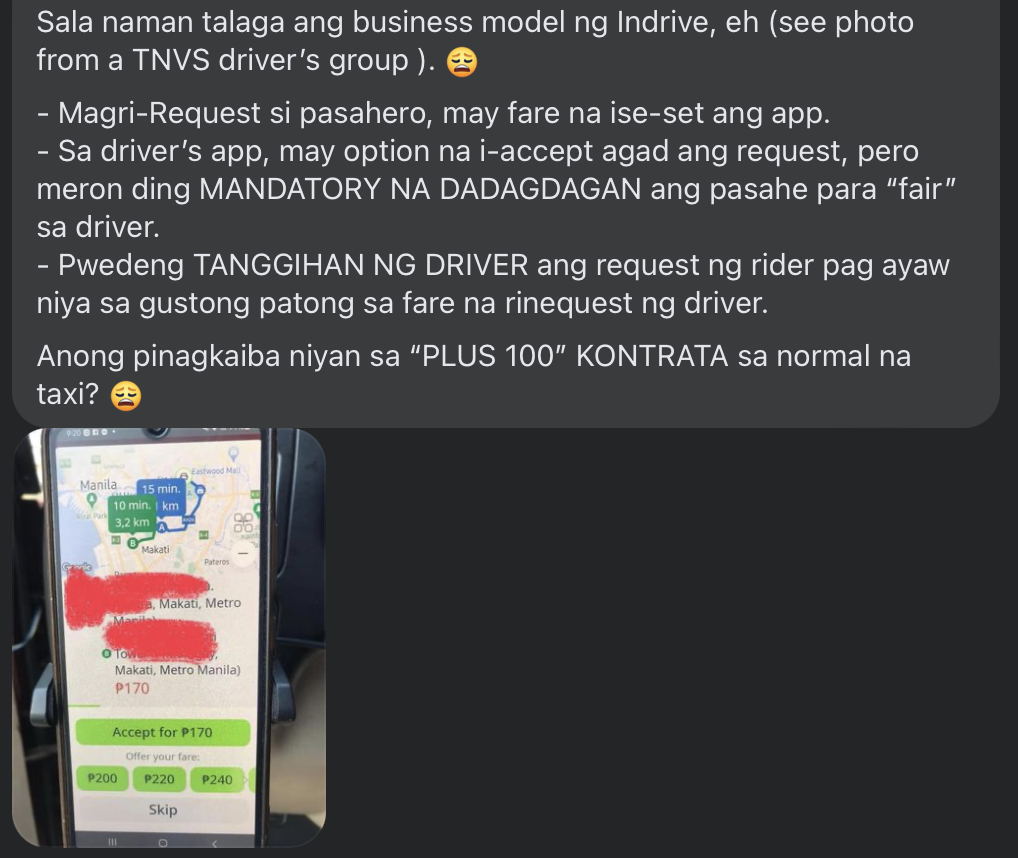
The overall sentiment of the comments we got on our Facebook post have one thing in common: they think that inDrive is no different from taxis, where drivers can abuse the system by asking for exorbitant fare to passengers. While we’re giving the benefit of the doubt that inDrive’s drivers would not ask for as much as Php 11,000 in fares, there’s a lack of transparency on inDrive’s part on the limitations of its business model–and how it can guarantee that both drivers and passengers will not abuse the system.
Don’t get us wrong: competition is great, but inDrive needs to iron out the kinks in its business model first before it can properly operate in the Philippines and be the Grab alternative that Filipinos may consider.




